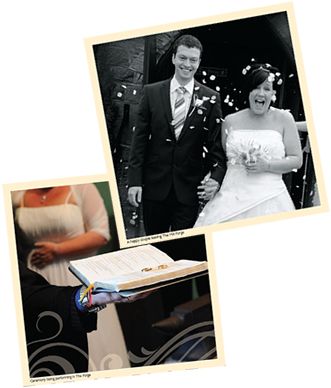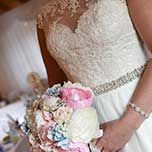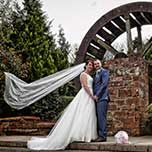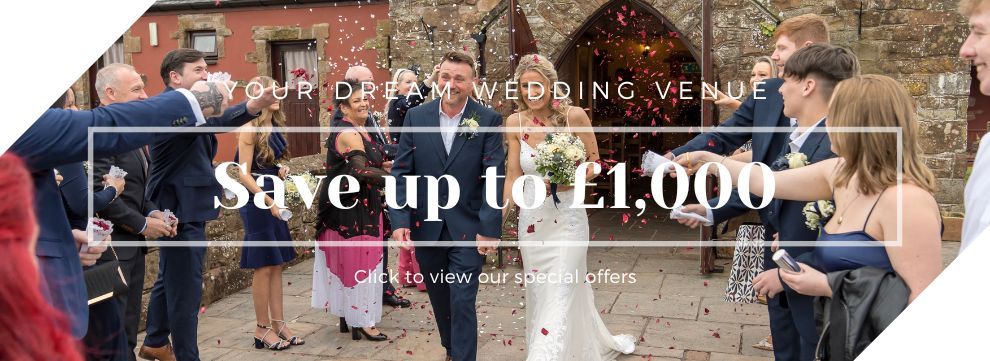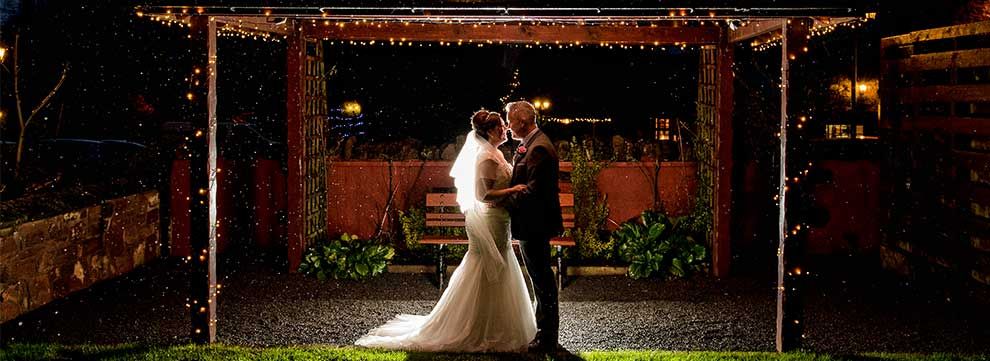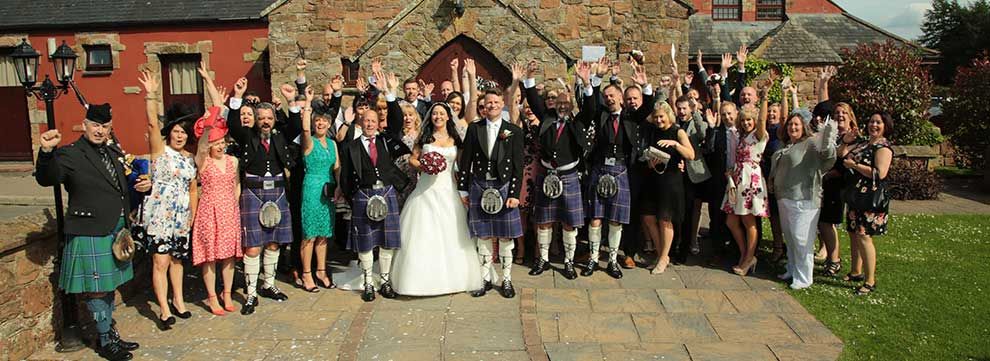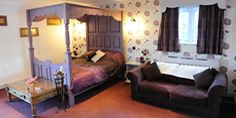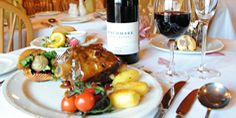Gretna Green Wedding History
This page provides a light hearted look at the history of Gretna Green and Gretna Green weddings and some of the characters who have helped to make Gretna Green the marriage Mecca which it is today.
The History of Gretna Green Weddings
Gretna Green first became popular for weddings after Lord Hardwicke introduced the 1754 Act of Parliament which stated
- Any marriages performed in a church would have to be recorded in the Parish Records which in turn would have to be signed by both Bride and Groom.
- Weddings which were carried out in places or at times which were deemed illegal in the 1604 canons were not legal ceremonies.
- All weddings should be performed in a church and would be recognised legally while "verbal spousals" which were non-church ceremonies would not be deemed legal.
- Bride and Groom must both be 21 or over to marry without their parents or guardians consent.
This law was introduced to prevent the thousands of marriages which were taking place illegally around the country, causing an outcry as these ceremonies were never properly recorded and led to many disputes where land-owners daughters had married against their fathers wishes. To be married in this way all the Bride and Groom had to do was appear before a parson and two witnesses and declare their wish to be married. Irregular marriages were most commonplace around Fleet prison in London where there were over 50 marriage houses.
These laws were enforced by secular courts and any clergy-men breaking these laws faced 14 years of transportation. However these laws only applied to England, as Scottish law has always been different to English and still allowed you to be married at 16, the result of this was that couples, where either Bride or Groom or both were under the age of 21 would run away to Scotland to be married. With Gretna Green being the most southerly part of the Scotland and England border, it is where many of these runaways arrived.
Over the years many couples would runaway to Gretna Green for their marriages to take place. The ceremonies were usually performed by one of the village blacksmiths who in those days were at the heart of the community and held in suitable regard. Even today, many of the Ministers refer, in their services, to the similarity of a blacksmith joining 2 metals over the anvil to the marriage ceremony joining 2 people as one. Often the young couples would be chased by at least one pair of angry parents and legend has it that on occasions the ceremony would be halted and the young couple hustled into the nearest bed, so that when the angry father found the couple in bed together he would head home in disgust, thinking he was too late to prevent the wedding taking place. Once the Father had gone the couple would then continue with their wedding.
In 1857 Lord Brougham brought in a bill changing the law which meant that a couple must be in residence in the area for a minimum of 21 days prior to the proposed date, this became known as "the three week cooling-off period". This drastically reduced the number of marriages in Gretna Green but did not stop the more determined couples who came anyway and found work on farms or other local businesses for the three week cooling-off period. This state of affairs continued until 1940 when all "irregular marriages" were stopped. During a thirteen year period before 1940 an anvil priest named Richard Rennison is reputed to have claimed that he performed 5147 Gretna Green weddings.
1977 saw yet another change in law which removed the three week cooling off period as there was no longer a residential qualification. The act stated that people must give a minimum of 15 days written notice before the date of their wedding.
This law allowed couples to be married wherever they chose but it wasn't until 1994 when Ministers began to perform anvil weddings in Gretna Green (outwith the church premises) that the tradition of the anvil wedding was reborn.
The latest change in the law occurred in June 2002 whereby Registrars were allowed to perform civil ceremonies outwith the Registry offices, in approved venues. The first such ceremony in Scotland took place at The Mill Forge near Gretna Green on the 6th of August 2002 when Jo Shine and Nick Drummond were married.
